Once a niche tool for endurance athletes, Strava has turned into something of a sporty social media network in its own right. The platform now has over 150 million users worldwide and has arguably become the go-to app for anyone who wants to track their workouts, log training progress, and get some friendly validation for sweating. Using the main functionality of the app is simple—but it’s plenty deep enough to get obsessive, if that’s your thing.
This growth has been largely positive, specifically for the running and endurance community, says Nike running coach Jes Woods. “[Strava is] very prevalent—for runners who want to be social, for runners who want to be competitive, for runners who have a fear of missing out,” she says. “I think being on Strava is going to help you be more likely to go out on a run, period.”
Whether you’re training for a race, getting back into a workout routine, or just trying to move more, Strava can be a great way to stay accountable and connect with friends while you’re at it. Here’s how to actually use it.
What Strava Actually Does
The main function of Strava is as a GPS-based workout tracker and training log. You press start on your phone or smartwatch, go do your thing, and the app records details like route, pace, time, and elevation, among other metrics. Strava supports a wide range of activity types (50, in total), from runs, rides, and walks to swimming and gym-based workouts like strength training and yoga. Once you save your activity, a summary post shows up in your feed, like a workout diary that your friends can see—if you want them to. You can choose how much to share by toggling off GPS maps for privacy, or cropping out the start and end points of your route, in case you’re running out your front door and don’t want to share where you live. If you don’t want anyone knowing your pace, you can hide that, too.
Strava can also be useful for crunching training data and keeping a next-level workout diary. Each week, the app tallies up your mileage or workout hours across activities. The app also tracks monthly and yearly totals, which you can compare against custom goals. (For example, I’m aiming to run 1,000 miles this year. Currently, I’m at 226—86 miles behind schedule, the app tells me.)
If you want to dive deeper into your performance, you can sync the app with lots of popular fitness trackers, GPS watches, and heart rate monitors—think Apple Watch, Garmin, Coros, Wahoo, and more—to add biometrics to the mix. The platform also pairs nicely with some third-party training apps like Zwift, Peloton, and Apple Fitness+ which means your indoor and outdoor workouts can be logged in the same place.
Best for iOS Users
Apple Apple Watch Ultra 2
Best for Adventurers
Garmin fēnix 8 AMOLED
Credit: Garmin
Once you’re set up and have logged an activity, you can click on it to find a detailed summary including your average pace, your splits (how your pace broke down per mile), and total time. If you’re wearing a device that includes a heart rate monitor, you’ll also see how much time you spent in each heart rate zone. The app flags PRs (personal records) for specific distances—and even legs on routes you’ve run more than once—and lets you view “Matched Activities” to see how your workout compared to past efforts. You can also see a “Fitness & Freshness” graph, which estimates how fatigued you are based on training load and relative effort, so you can know whether to push yourself or take a rest day. Another cool mapping feature: Flyover, which provides a birds-eye view to recap your route.
One particularly useful feature for solo runners is the Strava Beacon, which provides live location tracking. Just add friends or family members to your safety contacts, and you’ll get the option to send them a tracking link each time you start a new workout. It’s a great way to add safety during night runs or workouts in unfamiliar areas.
While there is a free model, you’ll need to pay for a subscription ($79.99 annually, with discounts for teachers, medical workers students, and military members) to access any of these advanced features, like workout analyses and the beacon.
The Social Side of Strava
The social aspect of Strava is where the app separates itself from other GPS-based activity logs. Sure, you might be thinking “not another social platform,”—but Strava has actually begun to stand out. It’s built around activities, not content, and it rewards consistency over curation. You can follow your friends, teammates, and even pro athletes, give kudos (a.k.a. likes), and leave comments. There’s no algorithmically-structured scroll traps or vertical video to eat away at your valuable time. You won’t be rewarded for spending more time scrolling; the platform celebrates the efforts you’re putting forth in the real world.
Open the app and your feed shows the latest workouts from anyone you follow—your friends, members of your running group, even your favorite athletes. You can also explore routes that people are running nearby or check out heat maps to find popular trails and loops. This is one of my most used features, because it helps me find new places to run while feeling safe knowing others frequent that route—and it’s especially helpful if you’re new to a city or traveling. You can even check your own heat map to see how much ground you’ve covered in your neighborhood, city, or beyond. It’s strangely satisfying to watch the orange lines connect and overlap on the landscape.
Along with the jockeying that comes with sharing activities publicly, the app also has a built-in competitive element—which can be a fun motivator for some and full-on race for others. Popular routes are divided into “segments”—short sections of road or trail—and ranks users based on their top times. Run or ride one fast enough, and you can earn the coveted title of King or Queen of the Mountain (KOM/QOM).
One of Strava’s more underrated features, though, is Clubs. These are mini-communities where people with shared interests can log workouts, join challenges (like logging a certain distance in an allotted time frame), and see each other’s progress—even outside of the IRL groups that meet up to train together. You’ll find everything from local run clubs to brand communities to niche groups like “Utah Gravel” or “Black Trail Runners.” Some clubs host in-person or virtual meetups; others just provide a place to swap advice or routes on the forum.
Spotify has its annual Wrapped collection, which packages user data into sharable graphics that recap a year’s worth of listening—and each December, Strava drops its “Year in Sport” recap. You’ll get a personal highlight reel of your stats, including: total days active, annual mileage, elevation gain, most active month, and even the friend who gave you the most kudos.
The Bottom Line
Strava’s not an absolute necessity for all exercisers, but it can help to make your movement feel a little more fun, intentional, and a lot more connected.
I’ve stayed way more consistent with my running and cycling—completing nearly 800 activities and counting on the platform—and because I get a tidy little log to look back on, I’m much more likely to keep going.
Just remember, the app isn’t going to do the hard part for you. “I think adhering to a training plan comes down to who you are as a person,” Woods says. “I train plenty of runners who are on Strava and they come up with any excuse under the sun to skip or modify a run.”
Like other training tools, using Strava won’t be a magic pill for immediately solving all your fitness problems. But for lots of exercisers—there’s 150 million, after all—the platform’s combination of fitness tech and social networking can help to make each effort feel a bit more fulfilling. Especially when someone gives you kudos for it.

Hannah Singleton is a freelance journalist who writes about fitness, health, wellness, travel, and the environment. Her work has been in publications such as the New York Times, Wall Street Journal, GQ, Vox, Wired, National Geographic, Forbes, and Fast Company. You can follow her @hannahsingleton.








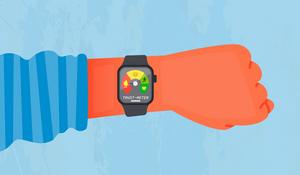
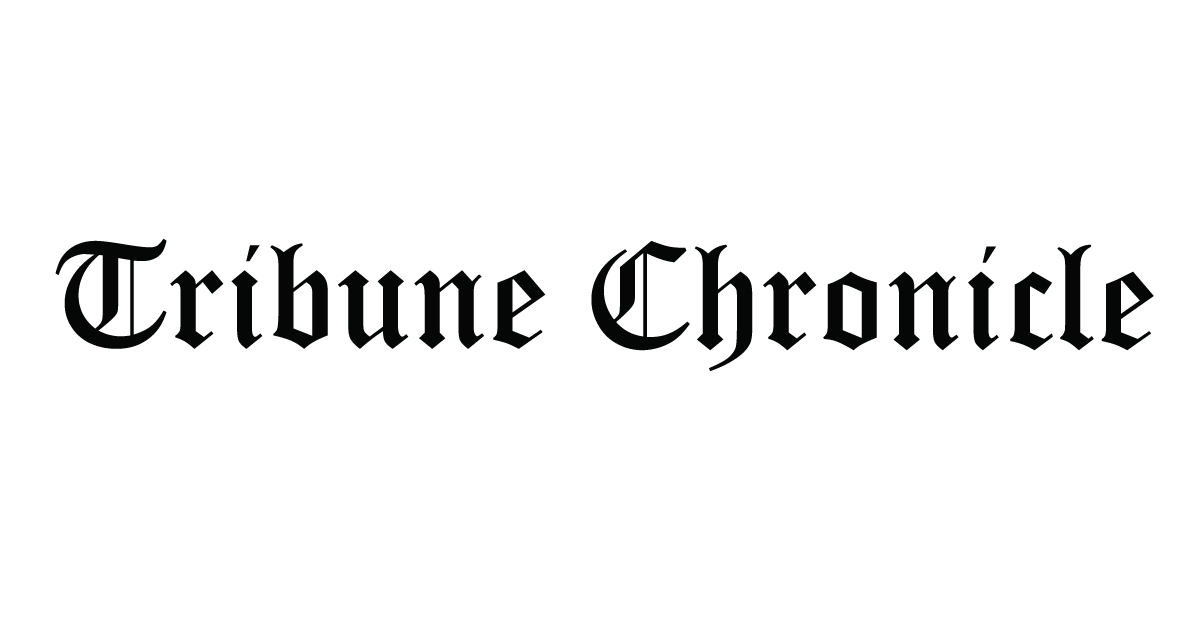


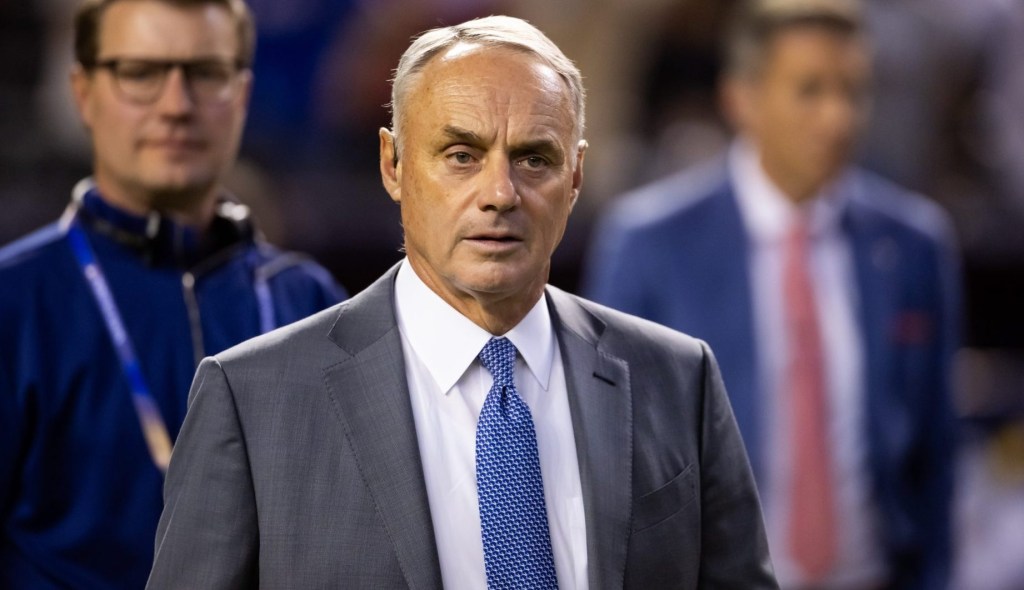
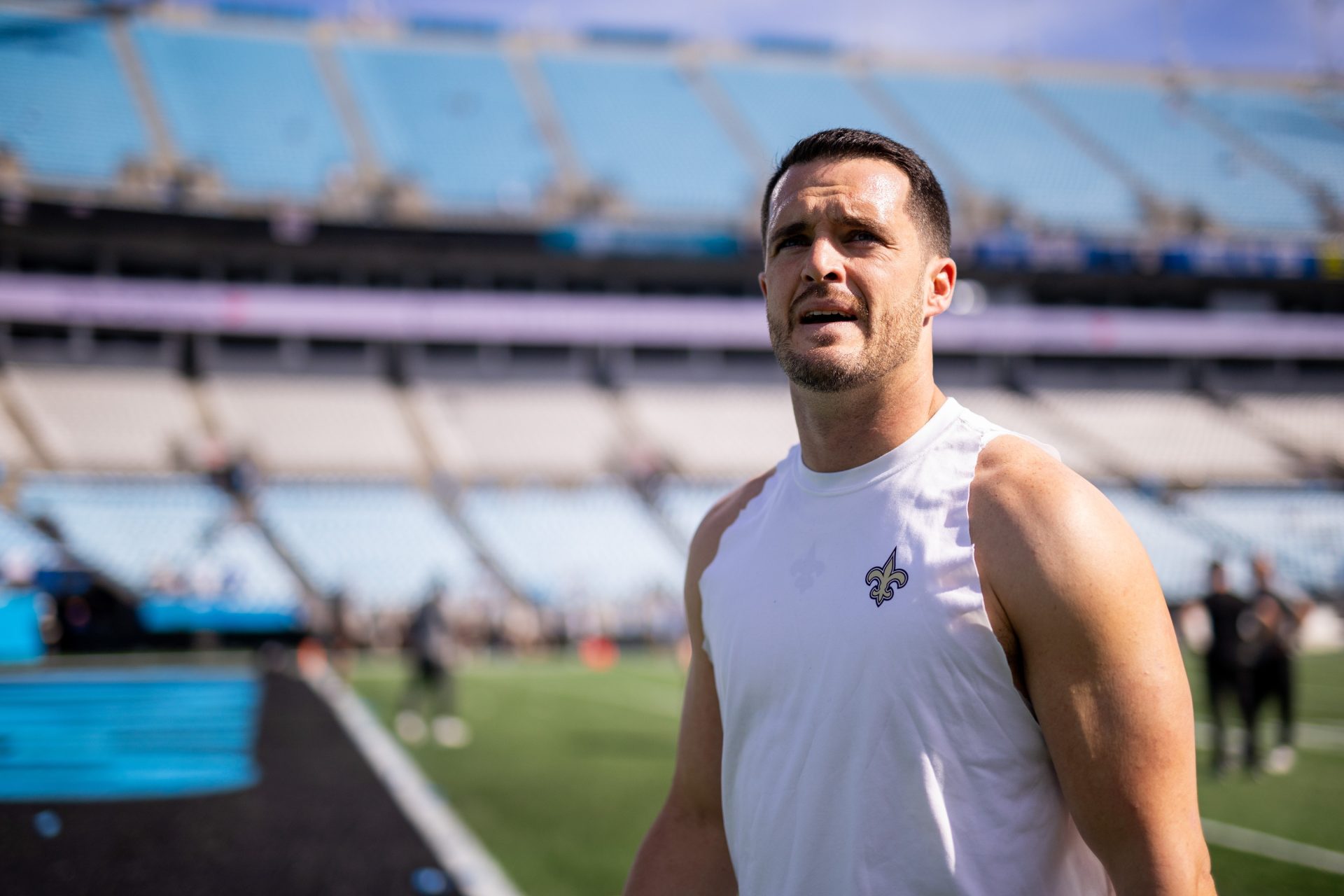


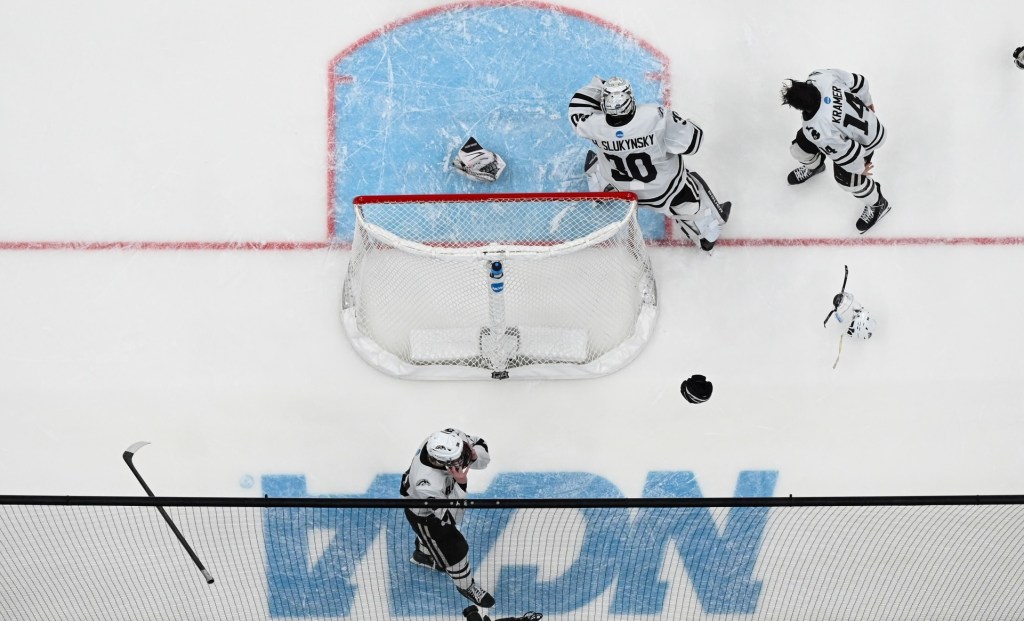













 What are the WCF stakes?
What are the WCF stakes?  | First Take
| First Take







































